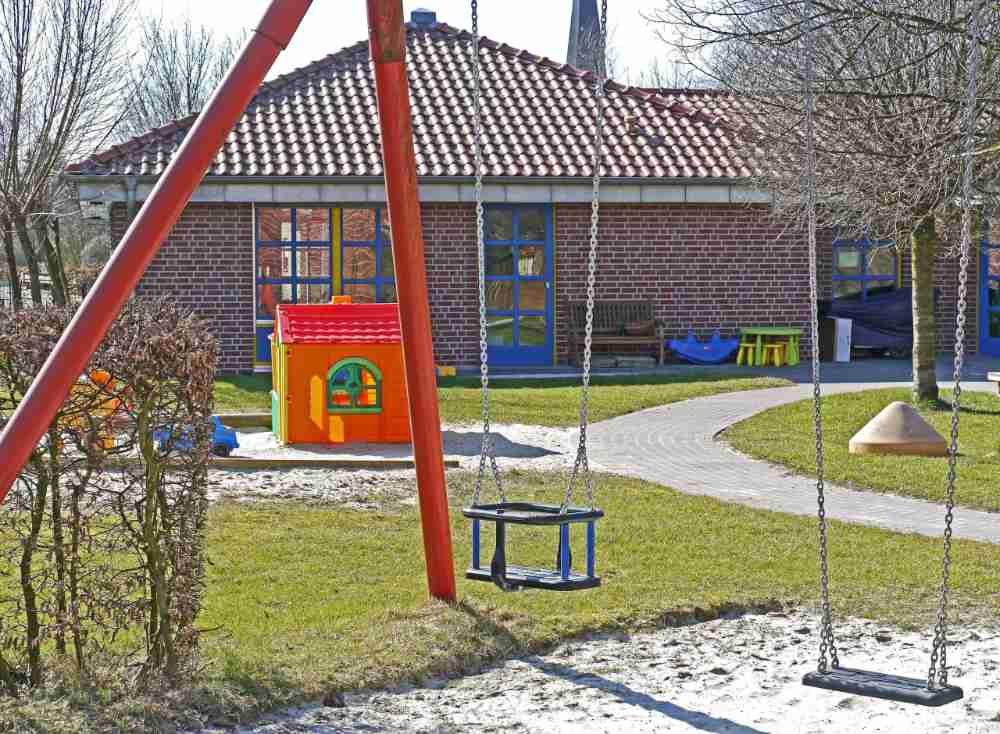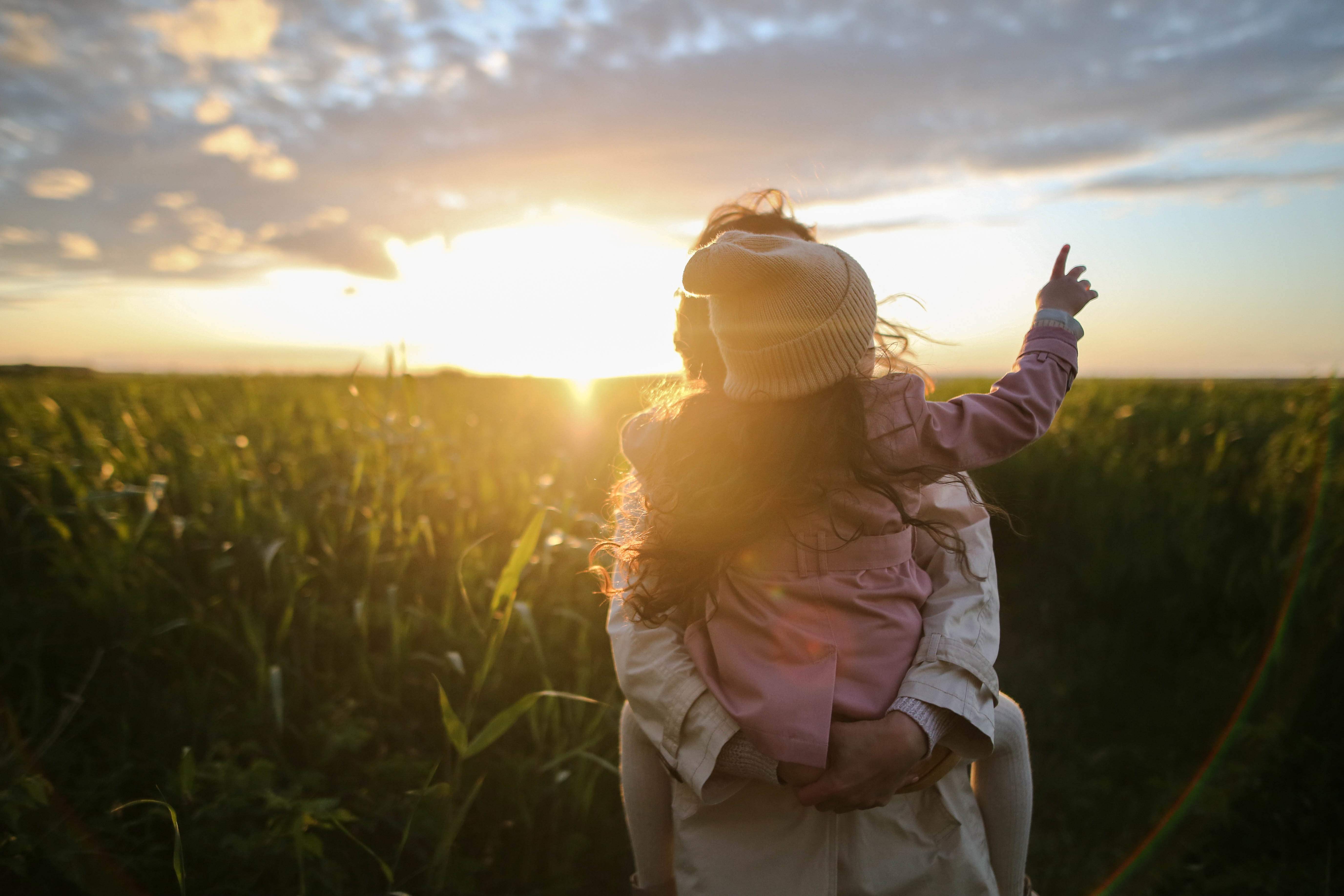
We’re pleased to call South Florida our home. Unfortunately, living in a tropical paradise does involve some risk of severe weather and other natural disasters. That’s why, in light of September’s designation as National Preparedness Month, we’re offering tips on how to create a family emergency preparedness plan in the event of a hurricane, tornado or other emergency.
These guidelines are inspired by advice provided by the safety experts at the American Red Cross, the Federal Emergency Management Agency and the Florida Division of Emergency Management.
Below are six steps to creating your family’s emergency preparedness plan.
Call a family meeting – Gather all the members of your household and talk about the most likely emergencies you could encounter. For South Florida residents, this includes hurricanes, fire, flooding, severe electrical storms and even tornados. Be cognizant of using language that children in the household easily can understand. It is important to emphasize the need for safety without unnecessarily frightening a young child.
Find a Personal Injury Lawyer, Near Me
(855) 529-0269Divvy up the responsibilities – Choose age-appropriate tasks for each member of the household, and be as specific as possible. For example: “Tommy will grab the First Aid kit and flashlight from the downstairs hallway and head to the laundry room. Maria will gather the pets and take them into the downstairs bathroom.”
Prepare emergency supply kits – Your family’s emergency preparedness plan should include creating a basic disaster supply kit with items like:
-
-
- water – one gallon per person, per day, for three days or more;
- food – a three-day supply of nonperishable foods (canned goods, granola bars, etc.);
- flashlight;
- fresh batteries;
- hand-powered or battery-operated radio/NOAA Weather Radio;
- First Aid kit;
- whistle;
- antibacterial wipes; and
- local maps and other vital information.
-
Choose meeting spots – Know how to reconnect in case your household is separated in the course of an emergency. Select a meeting spot right outside your home in the event of a fire (example, “We’ll all meet at the Gonzalezes’ front porch if there’s ever a fire.”). Choose an area to meet in case your neighborhood is evacuated for a hurricane or flood. (Example: “We’ll meet at the hurricane shelter at the elementary school.”)
Plot out shelter options or evacuation routes – Know where to go in your home in case of a tornado or severe tropical storm. Alternately, plot an evacuation route and determine your nearest public storm shelters and several routes to get there.
Click to contact Chalik & Chalik's personal injury lawyers today
Collect all contact information – Ensure everyone has the most current contact information for all members of the household and any local family members or friends with whom you’d want to be in contact (an elderly relative, for instance). Then, designate one or two out-of-area emergency contacts. Local phone lines and cell towers may be overwhelmed during an emergency, making it easier to funnel information through an out-of-area source.
For a free legal consultation call
(855) 529-0269As parents we understand and have the same concerns as other parents. We are a family that fights for family, which is why we bring tips and advice on how best to protect your family. Call us Chalik & Chalik for information about your legal options: (855) 529-0269 or via our online contact form.
Call or text Chalik & Chalik
(855) 529-0269


